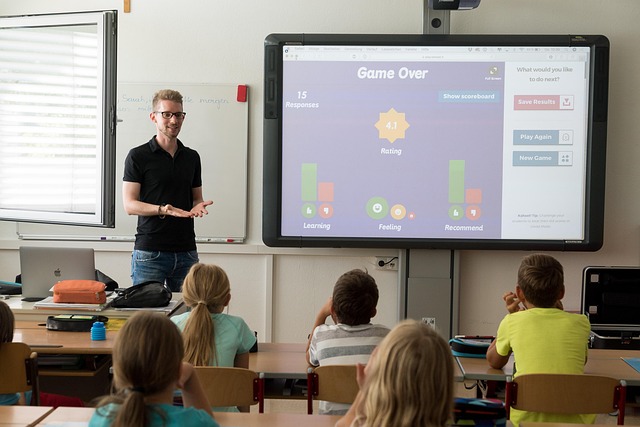In recent years, the educational landscape has undergone a significant transformation, thanks to advancements in technology. Among these innovations, the Interactive Whiteboard has emerged as a pivotal tool in enhancing the way knowledge is shared and absorbed in classrooms. Combining the functionality of traditional whiteboards with the sophistication of digital displays, these cutting-edge devices offer an engaging platform for teachers and students alike.
At the heart of the Interactive Whiteboard experience is visualization. Imagine a classroom where complex concepts can be illustrated in real time, where students can collaborate on the same digital canvas, and where lessons transcend the limitations of static text. This technology employs high-definition monitors that bring vivid colors and sharp images to life, promoting better engagement and retention of information. As we move towards a more interactive learning environment, the demand for intuitive and visually appealing presentations will only increase.
When we think of displays in education, we often picture outdated projectors or standard televisions. However, the shift to Interactive Whiteboards represents a significant leap forward. These devices seamlessly integrate into modern classroom setups, enabling educators to utilize various software applications, access online resources, and facilitate group activities all from a single platform. By bridging the gap between traditional teaching methods and the digital age, this technology empowers educators to harness the full potential of their lessons.
Moreover, the interactive nature of these boards allows for real-time feedback and interaction. Students can participate in polls or quizzes directly on the board, promoting active learning and ensuring that everyone is engaged. With the integration of touch-screen capabilities, learners can manipulate objects on the screen, making abstract concepts more tangible. This hands-on experience not only enhances understanding but also cultivates a sense of ownership over the learning process.
As technology continues to evolve, the future of classroom displays looks promising. We can expect even more sophisticated features, including virtual reality elements and AI-driven analytics that tailor lessons to individual students’ needs. The ability to visualize complex data and foster collaborative learning environments will become even more pronounced, ensuring that education remains relevant in our fast-paced world.
In addition to enhancing the learning experience, Interactive Whiteboards also facilitate better communication between teachers and students. Educators can easily share resources, collaborate with colleagues, and provide personalized feedback, creating a more cohesive learning atmosphere. With the rise of hybrid learning models, these boards serve as a crucial bridge between in-person and remote education, ensuring that all students have access to high-quality instruction, regardless of their physical location.
In summary, as we embrace the future of classroom displays, the role of the Interactive Whiteboard will only become more central in shaping the educational landscape. By facilitating immersive learning experiences and promoting interaction, these innovative devices pave the way for a new generation of students who are well-equipped to thrive in an increasingly digital world. As educators continue to explore the endless possibilities that technology has to offer, we can look forward to a future where learning is not just about absorbing facts, but about engaging with materials in a way that sparks curiosity and creativity.




